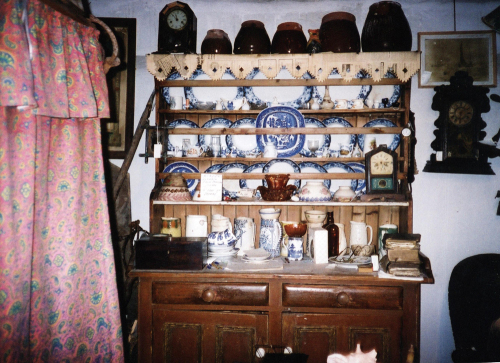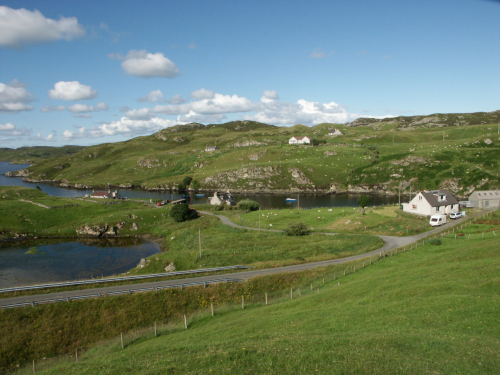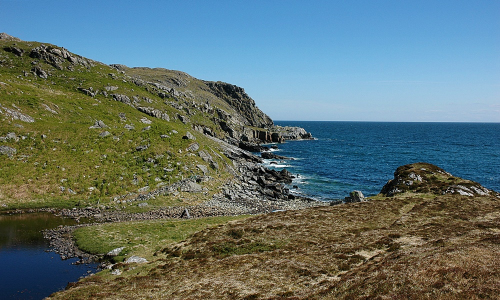The Royal Mail came by creel
From an article in Tional – May 1992
The history of the delivery of mail in Pairc is a story of considerable achievement by the handful of men and women whose determination, vigour and sense of purpose enabled their small, remote communities to receive the advances in communications offered by the Post Office in the second half of the last century.
The role of the redoubtable Ishbel Nicolson, Calbost, in pioneering the postal service in Lochs as it opened up new frontiers to reach more and more people stands out as a tribute to her resourcefulness, enterprise and ingenuity at a time when women were not generally expected or encouraged to play a prominent part in the day to day life of their communities.
Mail Deliveries in Pairc
Much more so than nowadays, women were left to tend to the family’s needs, rear children, manage livestock and perform some of the more burdensome and unpleasant tasks associated with the crofting way of life.
Ishbel, or Belle as she was known, was the daughter of Murdo Nicolson (Murchadh Dh’ol Thormoid), of Calbost, and she had gone over the Loch to Crossbost in the late eighteen sixties on her marriage to Kenneth MacKenzie (Coinneach Ledidh), 28 Crossbost, who had recently returned home from service with the Hudson Bay Company in Canada. Over the Loch (null air a loch, or thall air a loch) were commonly used phrases of the day which have now fallen into disuse, signifying the close bond of friendship that existed between the inhabitants of the villages that existed on both sides of Loch Erisort and the harmonious social interchange that prevailed when only a short sea crossing separated them, compared with the long, winding stretch of road that served to isolate the communities from each other from the late nineteen twenties onwards.









